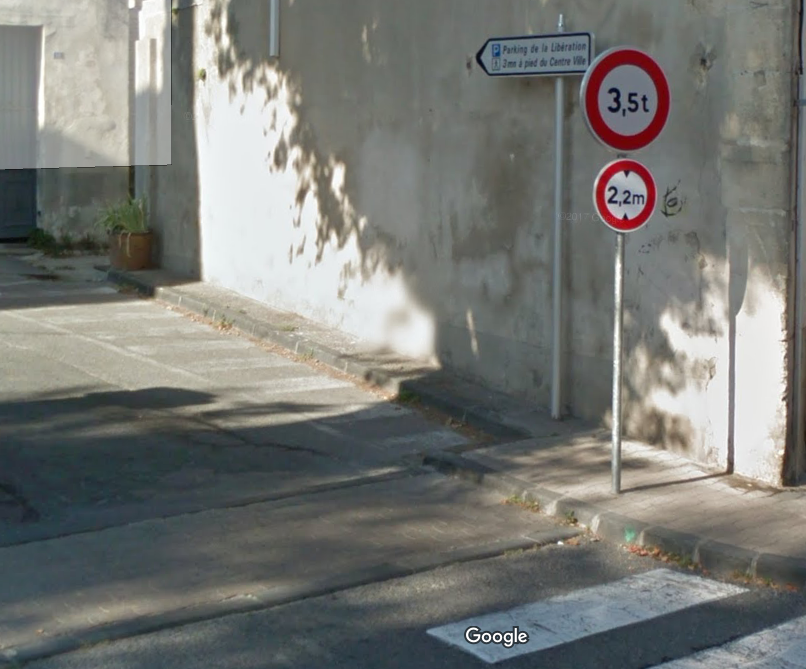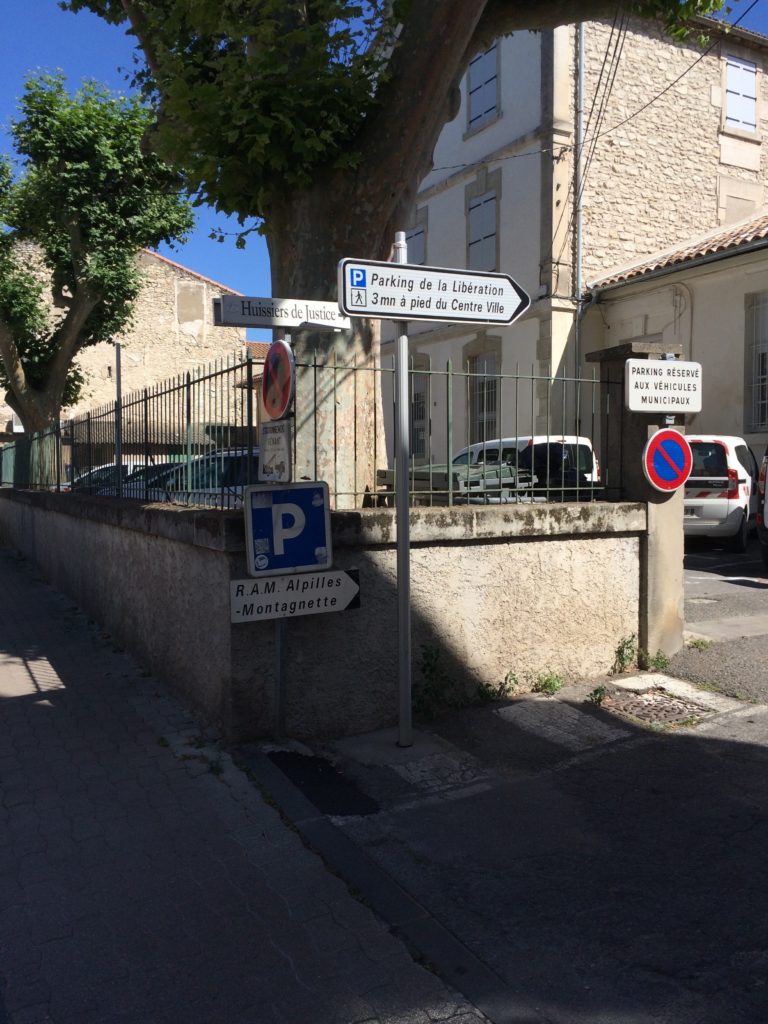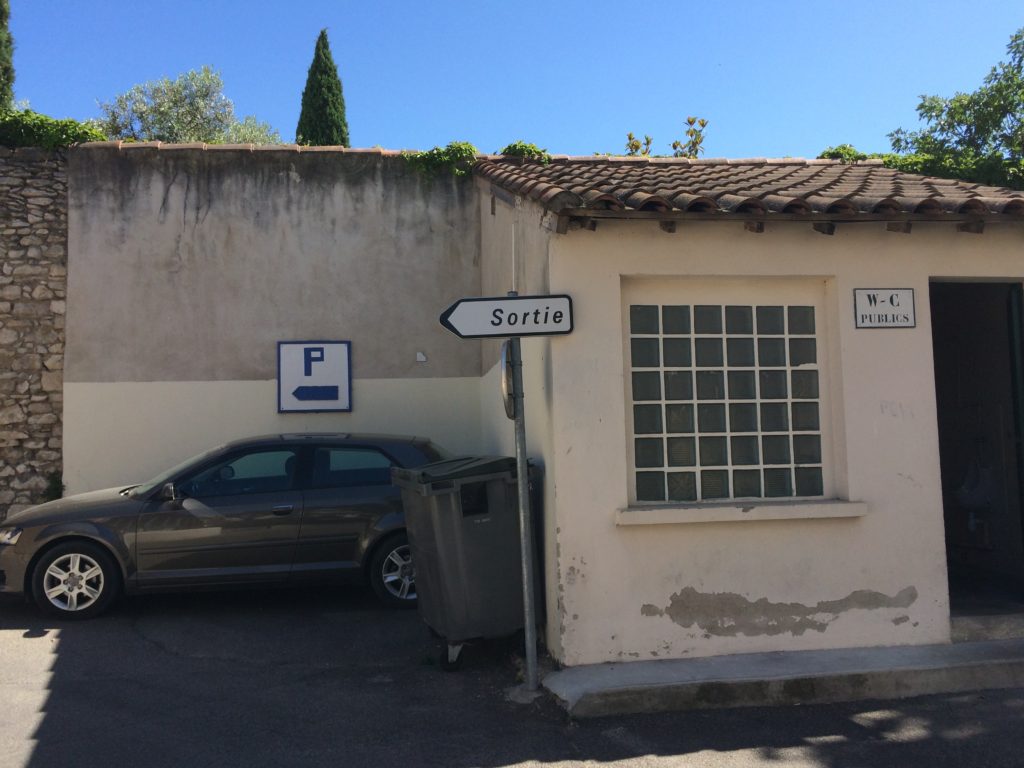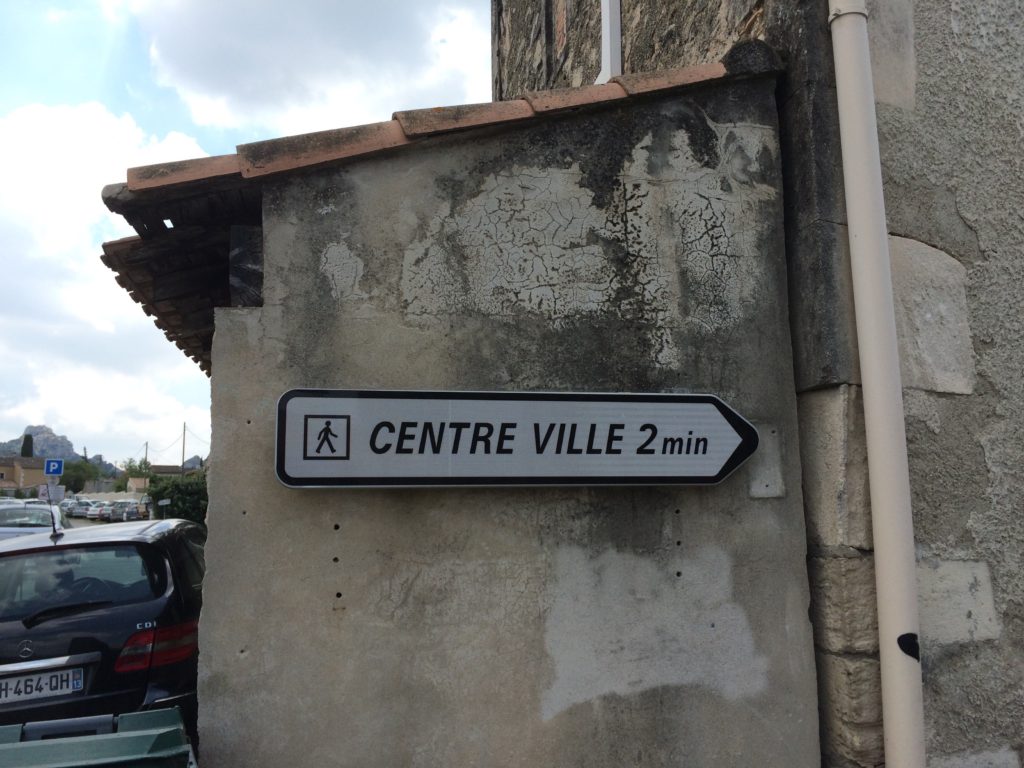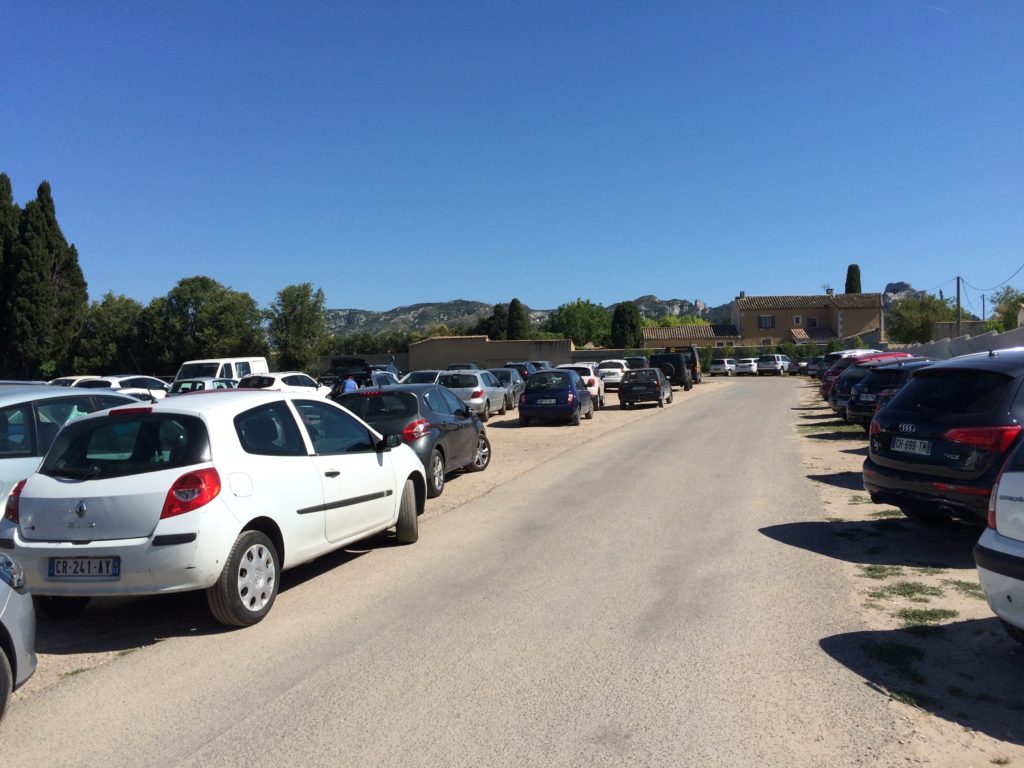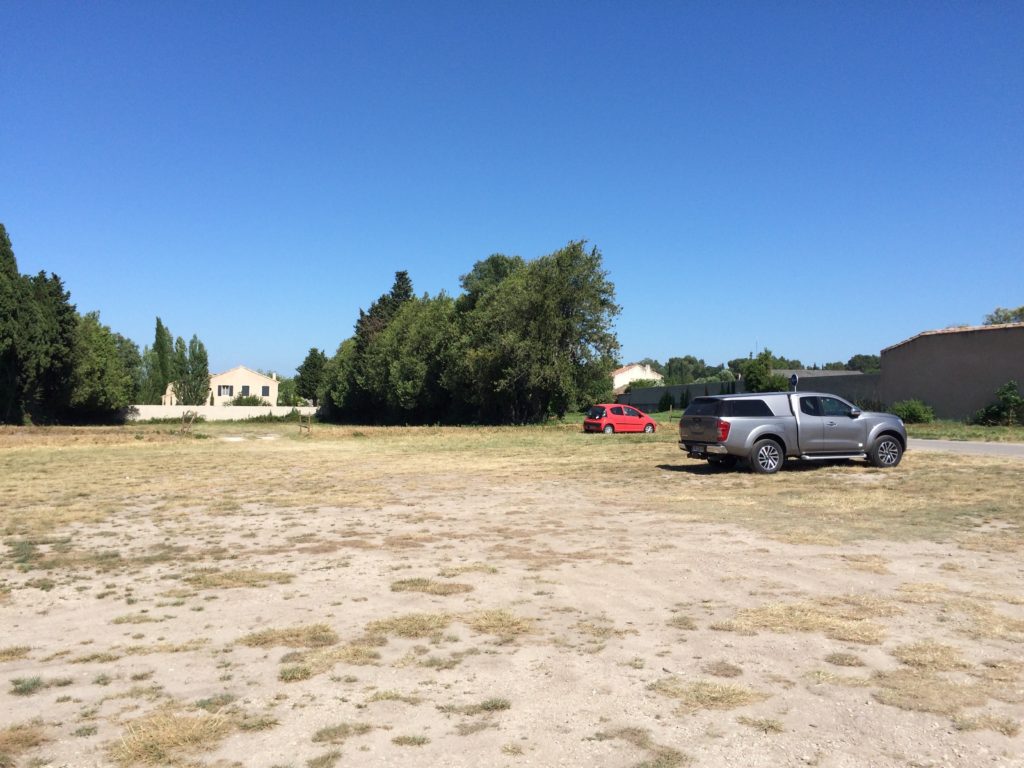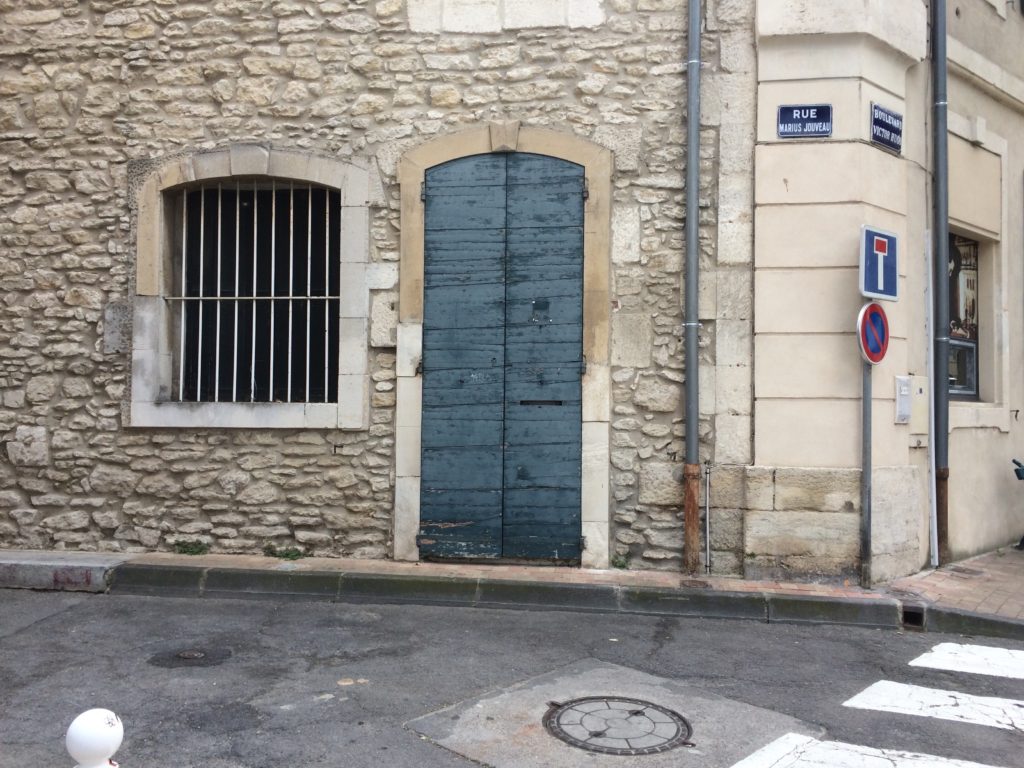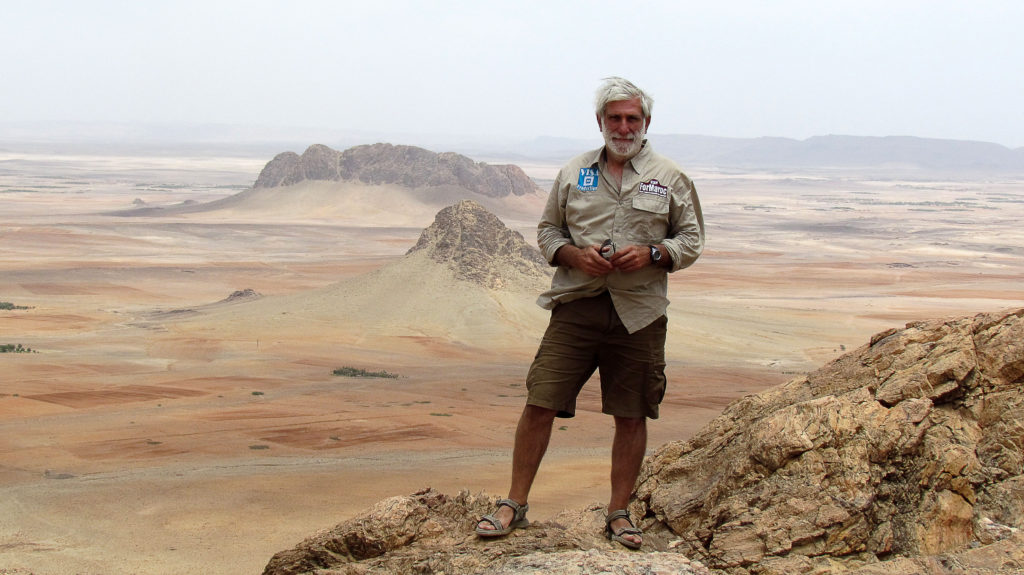
James Jaulin spent decades as an antiquaire, a dealer in antiquities, traveling the world in search of rare and beautiful treasures. He now travels the world as a photographer, capturing the beauty of life through his lens.
So what does he consider himself to be first and foremost, a photographer or an antiquaire?
“I am a voyager,” says Jaulin, “and I have been all my life.”
His voyaging began early, as his father was in the French military. Part of Jaulin’s childhood was spent in France, part in Vietnam, and part in Algeria. He found beauty and wonder everywhere.
Read the rest of the article at Perfectly Provence.
For those of you who would like to try your hand at French, here’s a translation of the article that was kindly done by one of my French friends.
James Jaulin a passé des dizaines d’années de sa vie en tant qu’Antiquaire, voyageant dans le monde entier à la recherche d’objets exceptionnels. A présent, il parcourt toujours l’univers, mais en tant que Photographe, capturant ainsi la beauté de la vie avec son appareil photo.
Aussi, lorsqu’on lui demande s’il pense être avant tout photographe ou Antiquaire, il répond : Je suis d’abord un voyageur !
Ses périples ont commencé dès le plus jeune âge, car son père étant dans l’Armée Française, il a vécu une partie de son enfance en France, puis au Vietnam, enfin en Algérie. Partout il a trouvé matière à s’émerveiller. Son premier appareil fut un simple Brownie qui lui servit d’abord à photographier le désert algérien et ses habitants. Il appréciait les photos de paysages, mais était surtout fasciné par les « gens », femmes et hommes au travail, en conversation ou partageant des scènes de vie quotidienne. C’est cette fascination qu’il cherche à exprimer dans ses clichés.
Durant toute sa vie d’Antiquaire et en voyageant dans le monde entier, il n’a cessé de photographier. En tant que marchand il se faisait un point d’honneur à rechercher des objets qui n’étaient pas simplement beaux, mais également qui exprimaient une émotion, une histoire, une âme. Aussi son choix s’effectuait en fonction de « ce que je vois et ce que je ressens »
C’est également son approche sensible de la photographie.
Depuis sa retraite prise il y a quelques années, James Jaulin continue les voyages, appareil photo en bandoulière. Comme dans sa jeunesse, il s’intéresse surtout à la vie de tous les jours, aux coutumes et traditions. Après avoir visité des dizaines de pays et vécu dans plusieurs d’entre eux, il apprécie toujours les différences des peuples. Il les fixe sur ses clichés, mais exprime également l’humanité que nous avons tous en commun.
James Jaulin se considère comme un « reporter », cherchant par ses images à raconter une histoire et à la partager. Ce qui le passionne c’est d’arriver à nous faire ressentir une émotion vécue à l’autre bout de la planète. Ainsi ses photos nous transportent et nous amènent à connaitre d’autres façons d’appréhender la vie.
Le prochain voyage de James Jaulin l’emmènera en Ethiopie, dans les pas de Rimbaud.
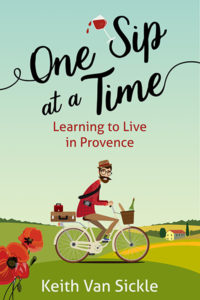 Hello!
Hello!

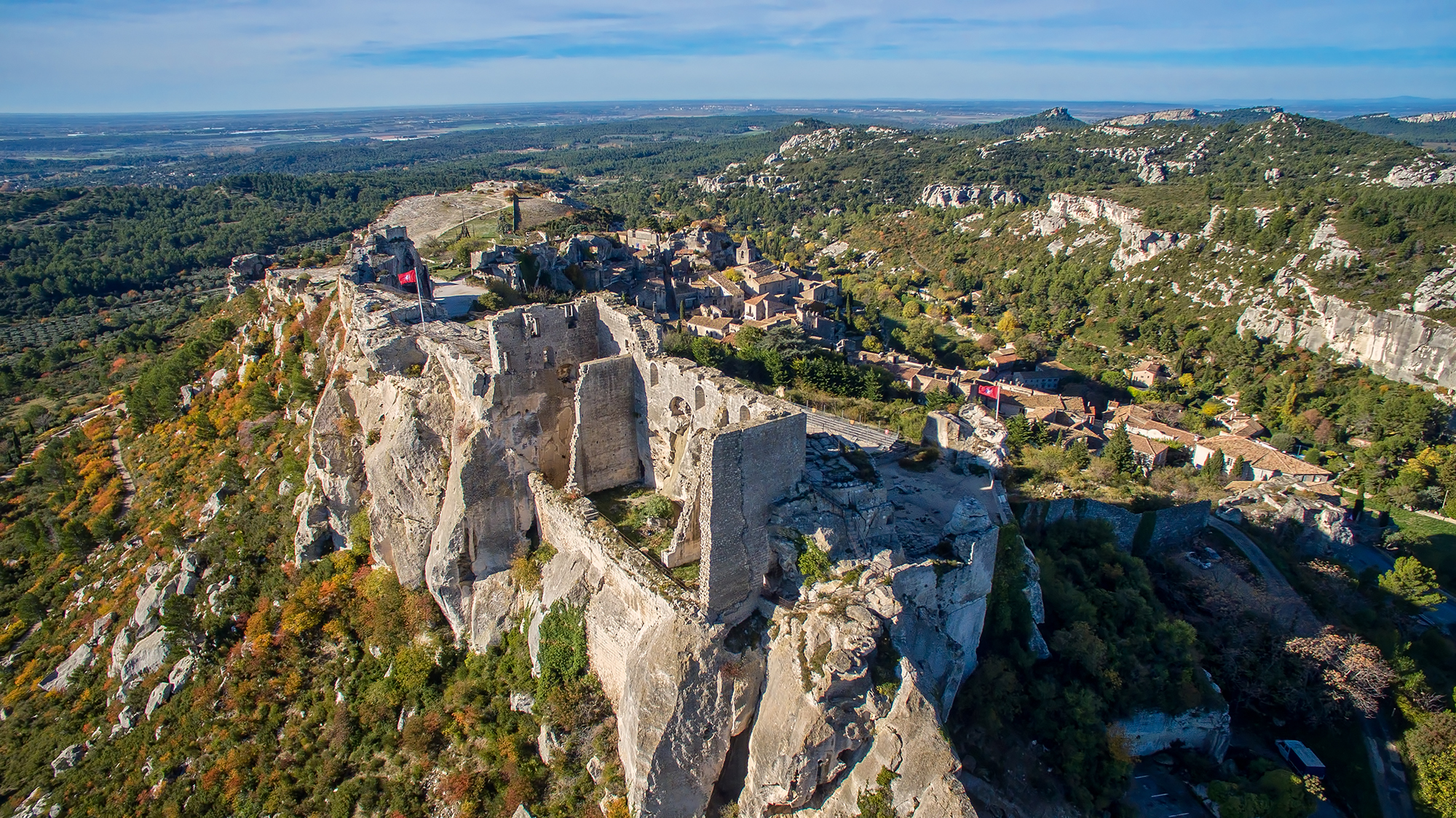
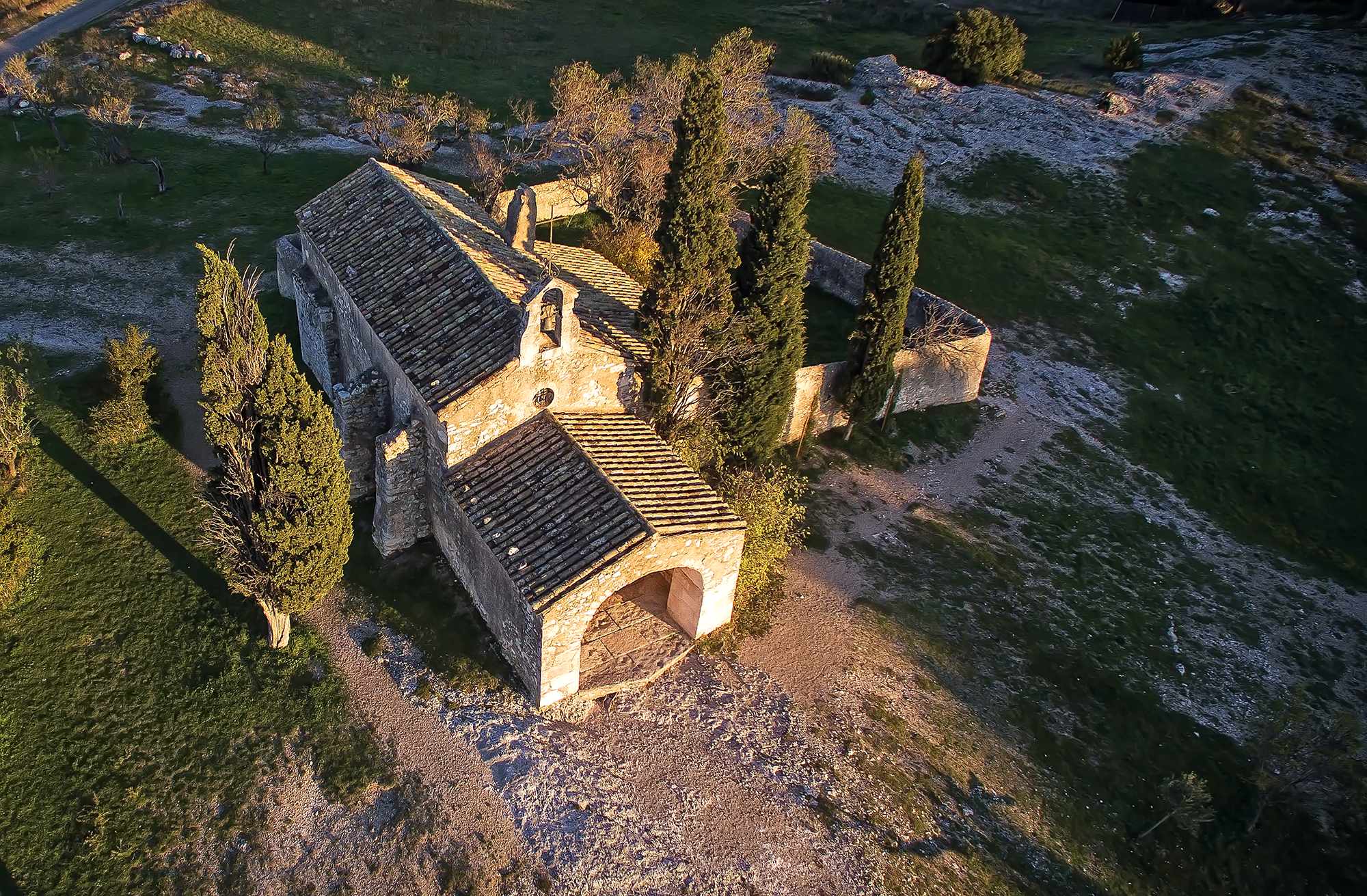
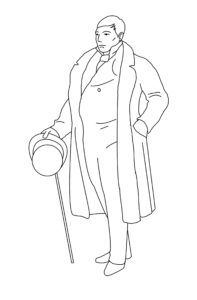
 France is one of the most literate and literary countries in the world – the average French person reads 15 books a year and French authors have won more Nobel Prizes than those of any other country.
France is one of the most literate and literary countries in the world – the average French person reads 15 books a year and French authors have won more Nobel Prizes than those of any other country.
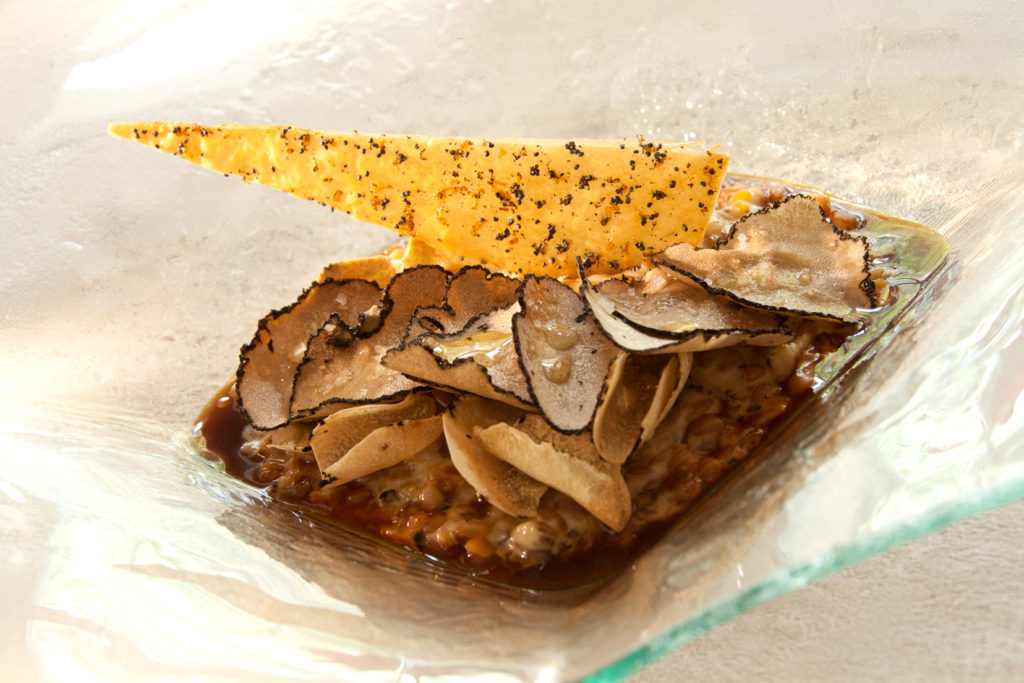
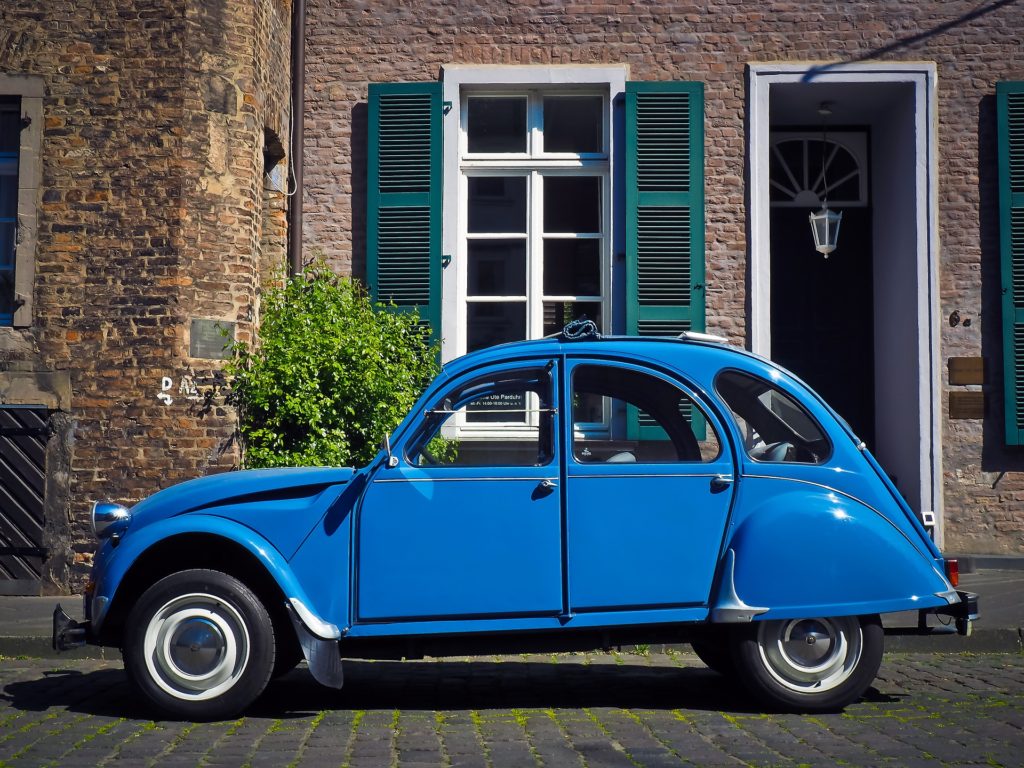 The Wednesday morning market in St.-Rémy is one of the best in Provence. And it is very popular, which makes parking a challenge. There are a few spots available in the pay lots and on the street, but they tend to fill up early. So most people have to park far from the market.
The Wednesday morning market in St.-Rémy is one of the best in Provence. And it is very popular, which makes parking a challenge. There are a few spots available in the pay lots and on the street, but they tend to fill up early. So most people have to park far from the market.